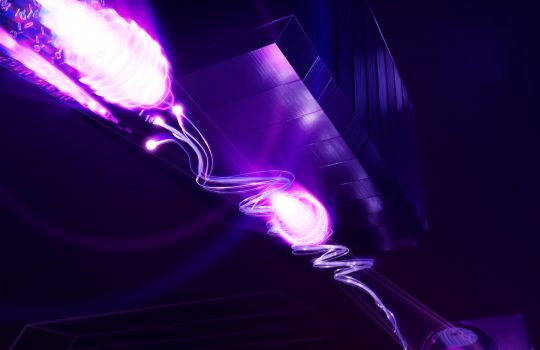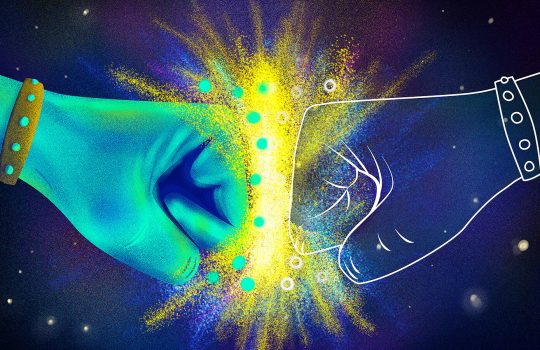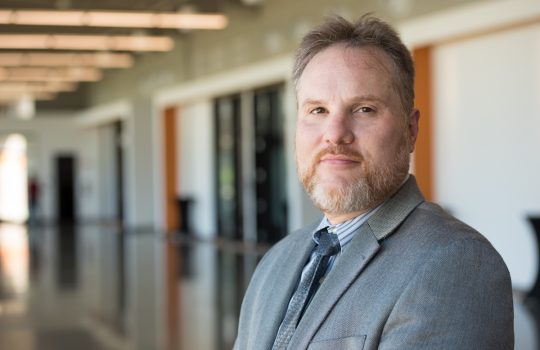Is dark matter real? Astronomy’s multi-decade mystery
From Big Think, August 13, 2022: After decades of research, astronomers cannot explain how and why galaxies exist. Fermilab’s Don Lincoln discusses the hypothesis of dark matter as the undiscovered form of matter to explain this galactic mystery.



